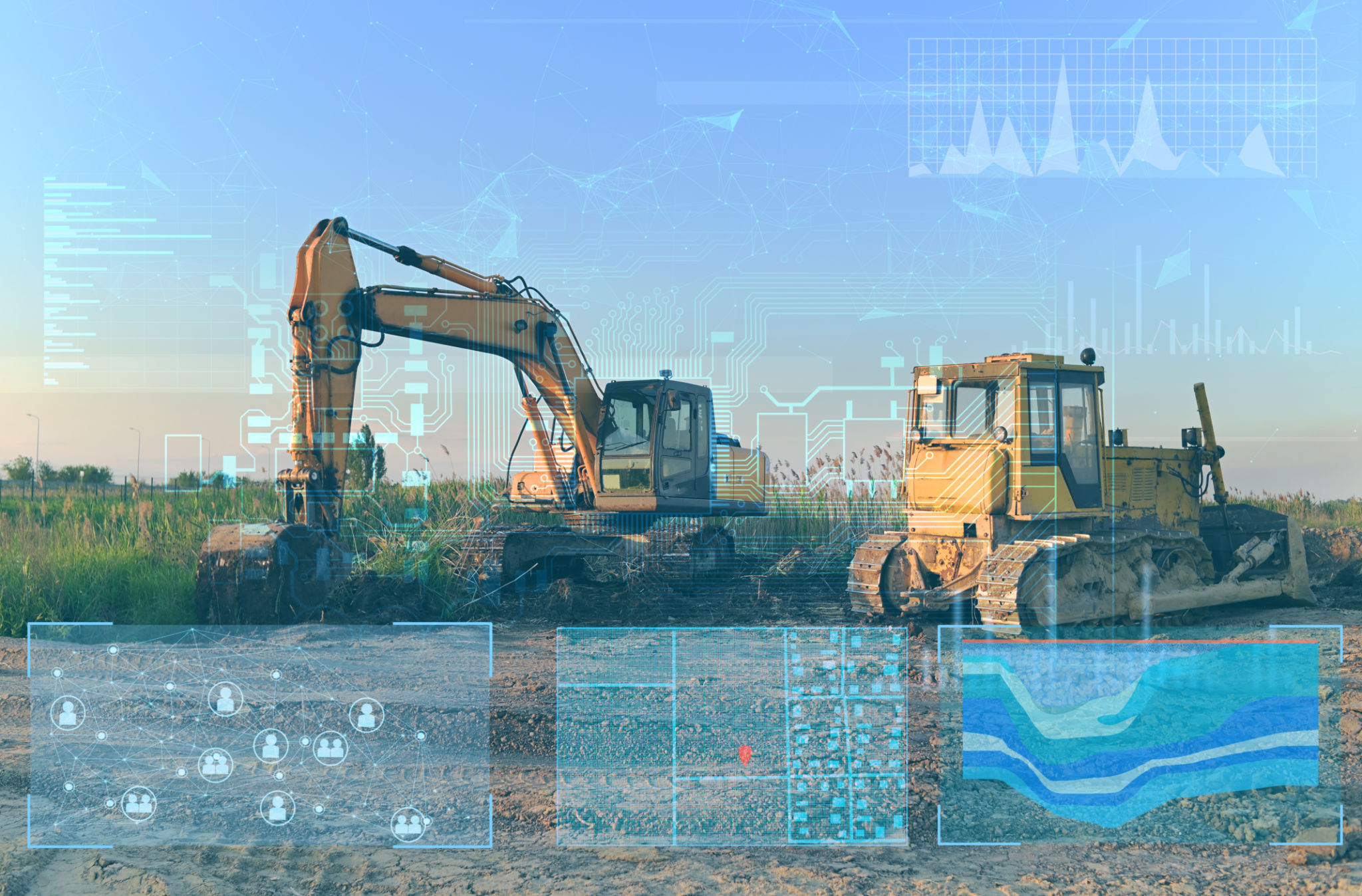Steps in Machinery Valuation Process: What Every Business Owner Should Know
Understanding Machinery Valuation
For many business owners, understanding the value of their machinery is crucial. Whether it's for selling the equipment, insurance purposes, or financial reporting, knowing the worth of your machinery can help in making informed decisions. The process of machinery valuation involves several steps that are essential for determining accurate values.

Identifying the Purpose of Valuation
The first step in the machinery valuation process is to identify the purpose of the valuation. This could be for buying or selling equipment, financing, insurance, or tax purposes. Each purpose may require a different approach or level of detail in the valuation process. Understanding the reason for the valuation will guide the entire process and ensure that the results meet your specific needs.
Gathering Detailed Information
Once the purpose is clear, gathering all relevant information about the machinery is crucial. This includes details such as the make, model, age, condition, and any modifications that have been made. Additionally, historical data like maintenance records and usage history can provide valuable insights into the machine's overall condition and help in assessing its value accurately.

Inspecting the Machinery
An on-site inspection is often necessary to evaluate the physical condition of the machinery. This involves checking for wear and tear, operational capabilities, and any signs of damage. An experienced appraiser will assess these factors to ensure that the machinery is evaluated accurately. The inspection also helps in identifying any maintenance needs or potential issues that could affect its value.
Choosing the Right Valuation Method
There are several methods used in machinery valuation, including the cost approach, market approach, and income approach. The choice of method depends on various factors such as the type of machinery and the information available. Each method has its own strengths and can provide a different perspective on the machine's value.

Cost Approach
The cost approach estimates the value based on the cost to replace or reproduce the machinery with a similar new one, minus depreciation. This method is useful when comparable sales data is limited or when dealing with unique or custom-built machines.
Market Approach
The market approach involves comparing the machinery to similar items that have been sold recently in the market. This method is often preferred for its straightforwardness and reliance on actual market data. However, it requires access to reliable sales information and may not be applicable if such data is scarce.
Finalizing the Valuation Report
After selecting an appropriate valuation method and conducting a thorough analysis, a detailed report is prepared. This report summarizes all findings and provides a clear statement of the machine's value. It includes supporting documentation and justifications for the valuation methods used.

In conclusion, understanding and navigating through the machinery valuation process can empower business owners to make informed decisions regarding their assets. By following these steps and working with experienced professionals, you can ensure accurate valuations that reflect true market conditions.